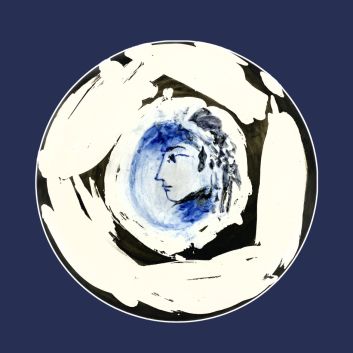Value of Picasso Madoura ceramics, plates and vases
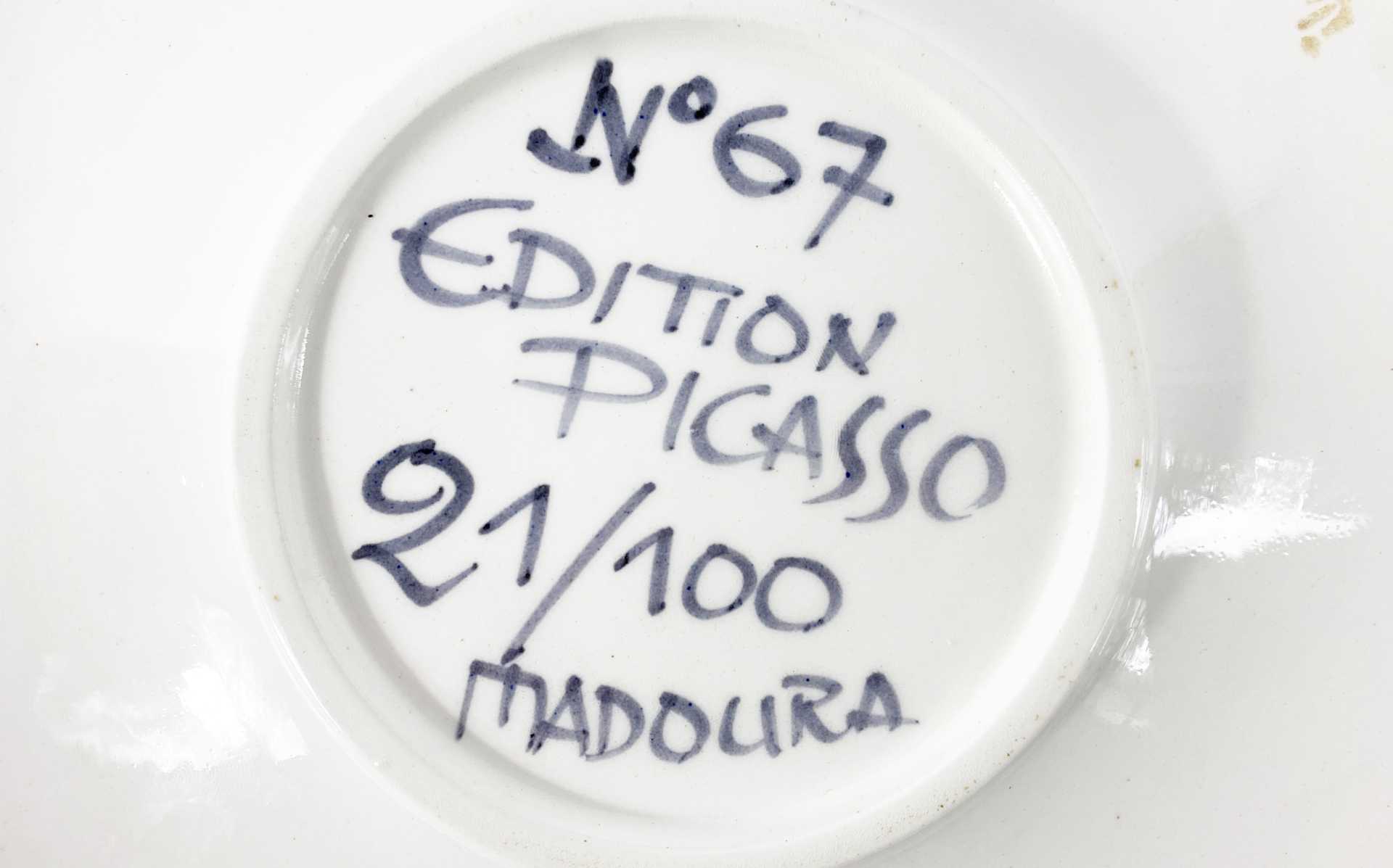
If you own a work of art by Pablo Picasso in collaboration with the Madoura studio or after, and would like to know its value, our state-approved experts and auctioneers will offer you their appraisal services. Our specialists will carry out a free appraisal of your work, and provide you with a precise estimate of its current market value. Then, if you wish to sell your work, we'll guide you towards the best possible arrangement to obtain the optimum price.
Rating and value of Picasso Madoura ceramics
The works born of the collaboration between Pablo Picasso and Suzanne Ramié were produced in the Madoura studio from 1938 onwards. Most of these works are in ceramic, but there are also a number in terracotta and earthenware. Together, the two artists produced everyday objects: vases, dishes, jugs and plates, as well as a few sculptures, even though there are relatively few of these on the art market, always in the Provencal tradition. These works sold for between €1,150 and €524,049. A ceramic vase known as "vase deux anses haute, le roi", anthropomorphic and engraved with a knife, sold for €32,000 in 2020.
Order of value from a simple work to the most prestigious
Estimate | |
|---|---|
Ceramics | 2 200 - 524 000€ |
Terracotta | 400 - 36 400€ |
Earthenware | 250 - 327 750€ |
Response in less than 24h
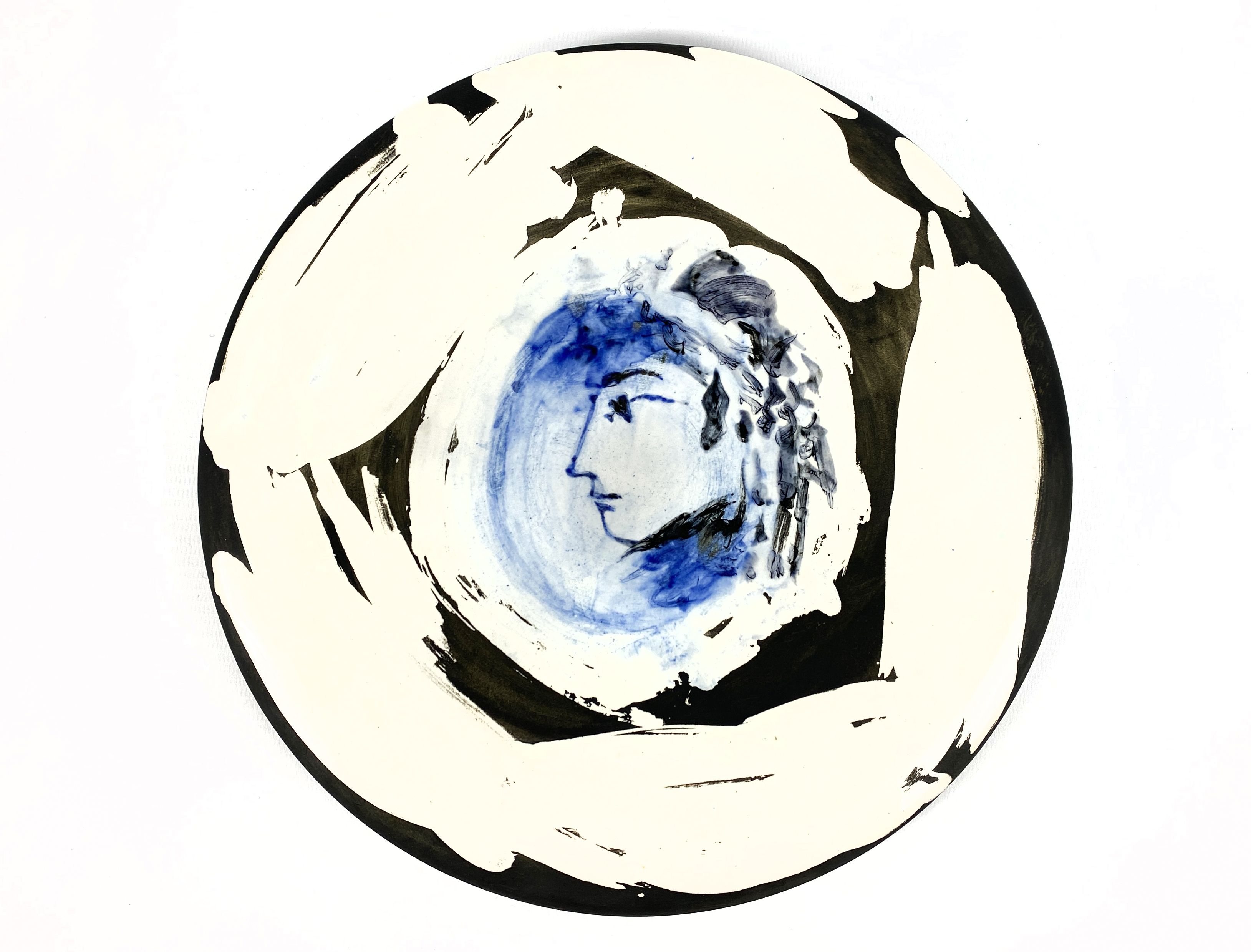
Style and technique of Picasso Madoura's works
At the Madoura workshop, Picasso and Suzanne Ramié explored anthropomorphic and zoomorphic forms with fascination. They fashioned a myriad of creatures, from hieratic owls and majestic birds to owls, fish and white doves. Goats and fish, more or less stylized, come to life under Picasso's brush. He captures the essence of humanity with panache, depicting particularly expressive faces. From time to time, picturesque landscapes punctuate the surfaces, like the Toros plate separated into two registers with bulls in a meadow. Both artists also like to incorporate the worlds of bullfighting and bullfighting.
What is the Madoura workshop?
Madoura is a pottery workshop created in 1938 by the couple Suzanne and Georges Ramié, in Vallauris, nestled in the hills between Antibes and Cannes. During a summer vacation in 1946, in the company of Françoise Gilot, painter and writer, Suzanne Ramié gave Pablo Picasso his first tour of Madoura's admirable pottery workshop. He was amazed. The Ramié couple diligently encouraged him to model Madoura clay, serving the illustrious artist on a silver platter a new way to exercise his dazzling creativity.

Picasso Madoura's works have marked their era
Picasso created more than 3,600 ceramic pieces at the Madoura workshop, the fruit of a meeting between Suzanne Ramié and Picasso. Picasso's ceramics reveal reckless exploration and creative spontaneity. He relentlessly investigates the use of ceramics, both the secrets of its technique and its aesthetics. Picasso succeeded in creating new artistic formalisms, which he had already been trying to approach since his Cubist period, by combining sculpture, painting and printing techniques. With their third dimension, ceramic objects provide a new playground for the artist, lending semantic and conceptual significance to his remarkable use of surface and volume.
He thus depicts in three dimensions what he had wished to communicate through his painted canvases, in this case without perspective, laws or academic rules. What's more, these ceramics require a great deal of skill to be able to paint them without knowing the final rendering, which appears once the firing is complete. Picasso offered his art to a new public who could own a work by the artist thanks to more accessible prices. These ceramics found their way into the home and were quickly snapped up by collectors. Between 1950 and 1960, many distinguished artists such as Marc Chagall, Victor Brauner, Foujita and Matisse took their turn at La Poterie Madoura. The studio enjoyed such renown that in 1953, Suzanne Ramié was awarded the Chevalier de la Légion d'Honneur.
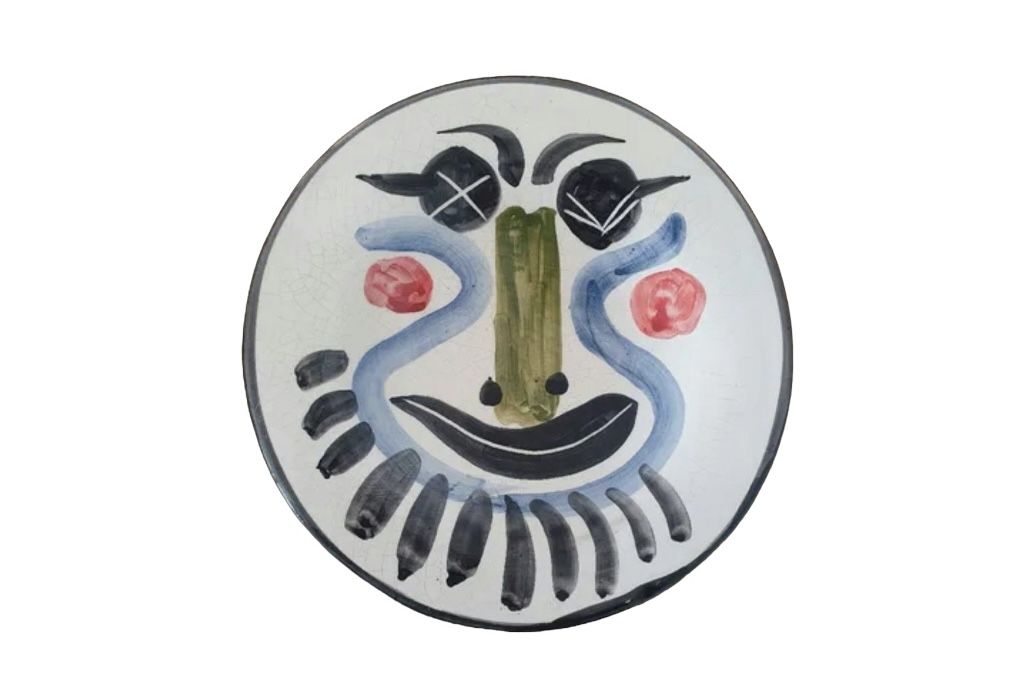
How to recognize the Picasso Madoura signature?
It's important to have your work appraised, as there are unfortunately many counterfeits out there. The stamp ("Edition Picasso Madoura") and the serial number provide information on the authenticity of the piece. Then the decoration shows whether the ceramic is consistent with the model referenced in our archives.
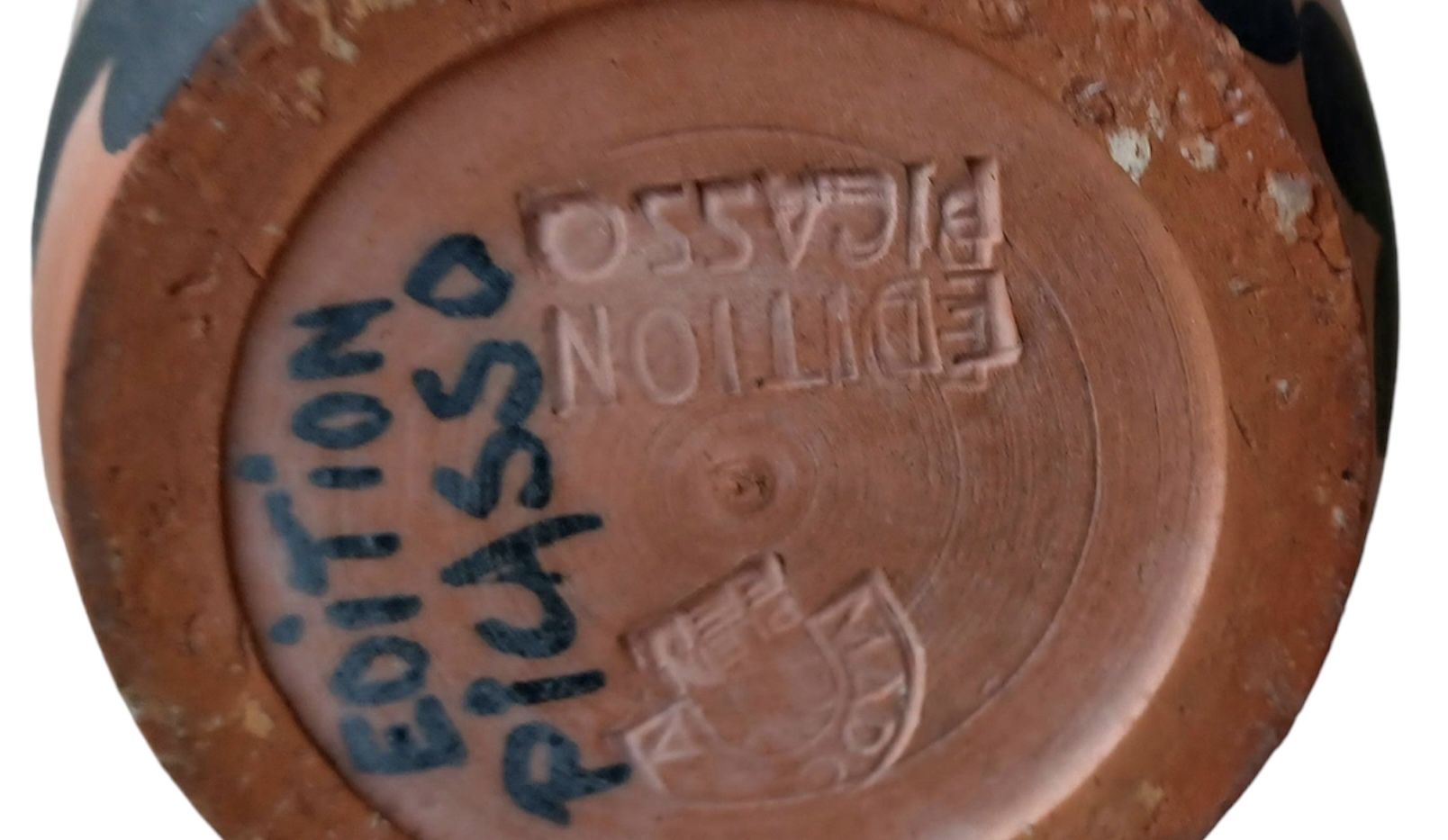
How can I find out the value of a Picasso Madoura ceramic?
If you happen to own a work signed "Picasso Madoura", don't hesitate to ask for a free valuation using our "Free Estimate" form. An Auctie's member will contact you promptly with an estimate of the value of your ceramic, and will also provide you with all the relevant information. If you're thinking of selling your work, our specialists will also help you find alternative ways of selling it at the best possible price.
Response in less than 24h
Related topics
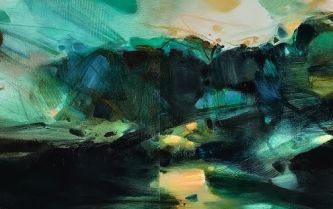
Rating and value of works, drawings, paintings by Chu Teh Ch...
Great master of Chinese art, painter with millionaire auctions, major figure of Asian abstract art: Focus on Chu Teh-Chun.
Read more >
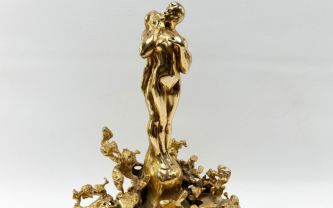
Cote et valeur 2024 des bronzes, statues, meubles de Claude...
Claude Victor Boeltz is a 20th-century Surrealist sculptor who has produced sculptures that are highly prized at auction.
Read more >
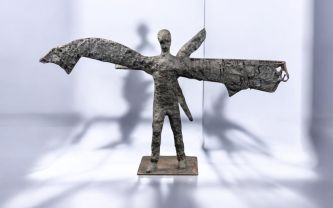
Rating and value of works, sculptures and drawings by Germaine...
Germaine Richier is a twentieth-century artist who produced works that are highly regarded and valued on the auction market.
Read more >
Secure site, anonymity preserved
State-approved auctioneer and expert
Free, certified estimates
